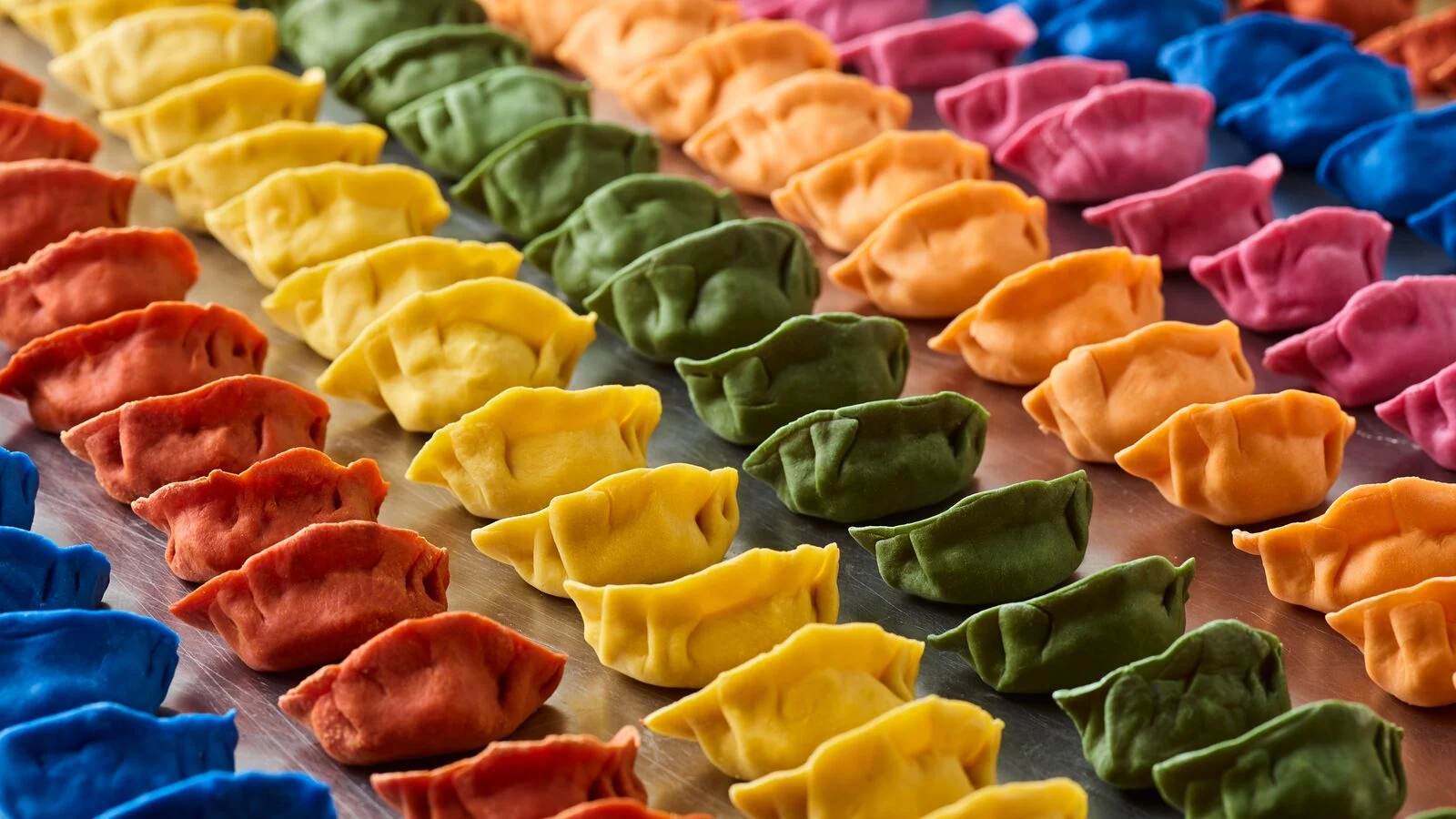Article | Jun 23. 2025 - 12:36PM
Busted: The myths about natural colors
Converting to natural colors has been mistakenly described as too complicated. It may not be a walk in the park, but with a little time and expertise most challenges can be overcome
Converting from artificial dyes to natural colors is not a destination, it’s a journey, according to Chari Rai, head of applications for Oterra in North America.
And for some food and beverage manufacturers, that journey appears to be a mythical odyssey where they must overcome many challenges and confront a few monsters on the way. But says Rai, the myths about natural colors are easily busted.
“We have a lot of conversations with product developers, and especially at the moment they start with questions such as ‘Hey, do you have alternatives to Red 3 or Red 40?’,” she says. “And following that we have to challenge a lot of preconceptions of what natural colors can – or can’t – do.”
Vibrancy, stability, and shelf-life are some of the concerns that product developers have with natural colors.
The most widespread myth is that vibrant colors are not possible with natural colors, she adds. “A decade ago, natural colors were less vibrant and more pastel in colors. But by improving breeding and how we extract color we have successfully enhanced the strength of the pigments. Now natural colors are as vibrant as artificial ones.”
Starting with the best raw materials
At the start of the natural color journey are the raw materials. Initially, existing crops were used to create pigments, but as the industry has become more sophisticated, more varietals have been developed to increase the strength of pigments through selective breeding.
As an example, Oterra’s Hansen sweet potato, which is used in applications to replace Red 3 among others, started life yielding around 8 color units. Further development has seen that rise to 15, then 20 and now to around 40 – a nearly four-fold increase.
This increase in pigment strength not only attacks the vibrancy myth but also lowers cost in use. And allows lower dosing of pigment in the finished product.
Among the improvements seen in processing is the reduction in particle size. Oterra’s I-Colors Bold® range uses ultrafine milled particles that create more intense color because there is a larger surface area to reflect light. And because of a better dispersion of the powder, the color is distributed more uniformly.
Another topic raised is shelf-life. As a natural product, the impression most customers have is that all natural colors have a low shelf-life and even need refrigeration. But, depending on the pigments used, the difference can be minimal, says Rai.
“Not all pigments are as stable as artificial, but we do have pigments that have up to two years' shelf life, depending on the pigment and whether it is a liquid or a powder. Out of our portfolio of 30 pigments at least half of those are stable up to at least a year and beyond.”
Minimally processed
Oterra’s FruitMax® range of clean label products has very few preservatives and needs to be refrigerated, but the advantages of using a minimally processed color that can be clearly and simply labelled on ingredient lists often outweighs the slight disadvantages.
“When a customer comes to us for a FruitMax product we know that it is a premium product, often with a quick turnaround time, perhaps a Limited Time Offer with another brand that requires a premium positioning,” she adds.
When it comes to light stability in finished products on grocery shelves, natural alternatives actually perform better than F&DC Red 3, says Rai.
“Red three is a vibrant pink that is possible to match with different pigments. There may be some trade-off in the color that is unavoidable but, with our offerings, the shelf stability is much better than Red 3 today.”
The sensitivity to light of Red 3 is typical of the starting points that Rai and her team look at when speaking to a customer about natural alternatives. Products using Red 3 are usually packaged in foil with cardboard sleeves or boxes to completely block the light.
“So, we might start a transition to natural by asking about elements such as packaging. Because that is key and that is how we start making recommendations. Yes, some pigments are sensitive to light and heat. But we also have pigments that are not. It is a great dialogue to have with our customers so they can get the best products available,” adds Rai.
There is also a great conversation to have about supply, she says. Natural pigments are based on agricultural products, and although it can take time to increase supply, there is still time for the early movers.
“Right now, customers are a bit jittery. So, we say ‘Let’s figure out a strategy.’ That could mean expanding the number of farms cultivating Hansen sweet potatoes or extending production into new regions. We have the time to plan for changes, so I would recommend that customers new to naturals forget about the myths and contact us to find the right solution for them.”
